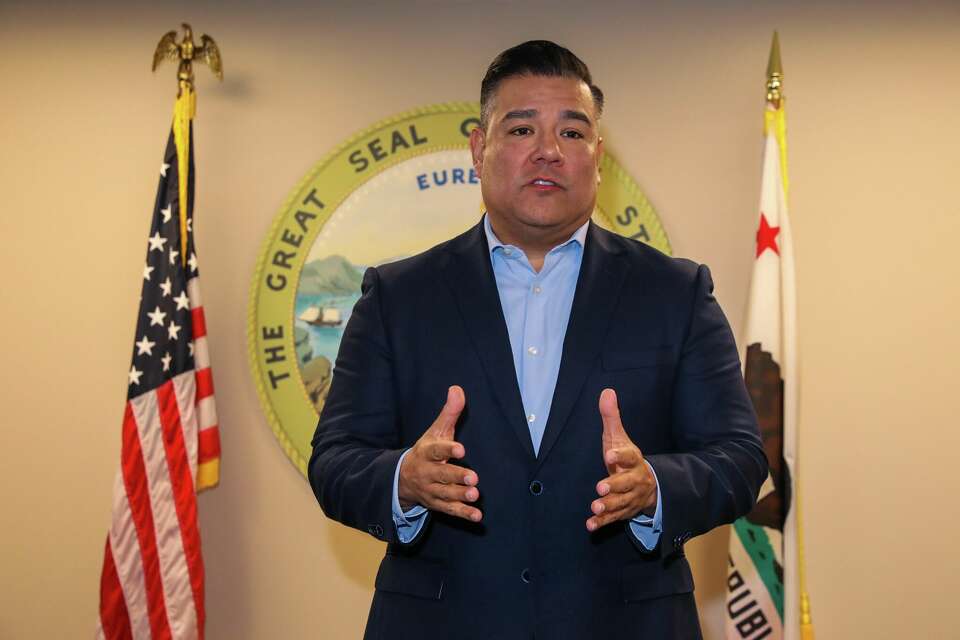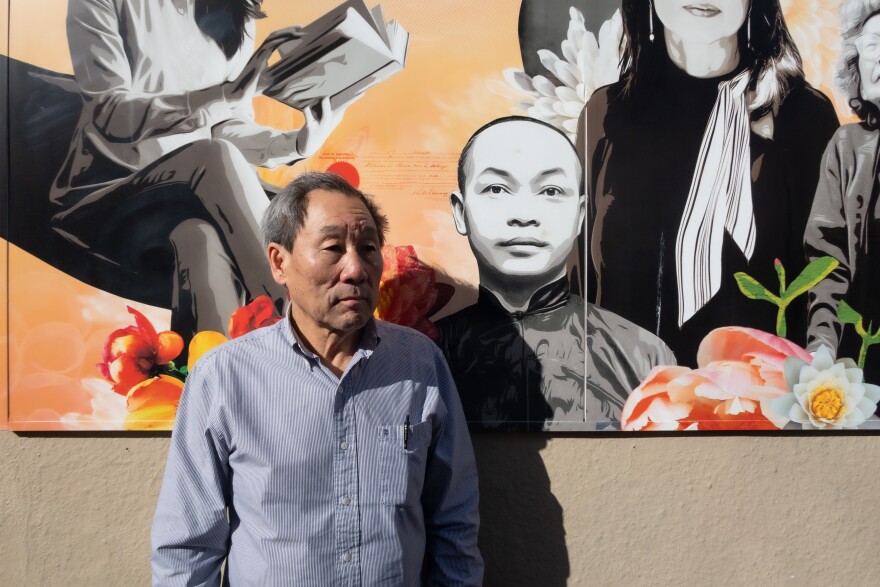Executive Summary
- A new quantum algorithm, decoded quantum interferometry (DQI), outperforms classical algorithms in solving complex optimization problems.
- USC-led study demonstrates quantum scaling advantage for approximate optimization problem-solving using D-Wave Advantage quantum annealing processor with QAC.
- The breakthrough opens new avenues for quantum algorithms in optimization tasks where near-optimal solutions are sufficient and could impact fields like error correction and cryptography.
Event Overview
Researchers have achieved a significant milestone in quantum computing by demonstrating a quantum algorithm that outperforms classical algorithms in solving a specific class of optimization problems. This new algorithm, called decoded quantum interferometry (DQI), addresses optimization problems that involve finding the best solution from a vast number of possibilities. Another study showcased a quantum annealing scaling advantage for approximate optimization problem-solving using a quantum annealer, paving the way for advancements in areas like error correction and cryptography.
Media Coverage Comparison
| Source | Key Angle / Focus | Unique Details Mentioned | Tone |
|---|---|---|---|
| WIRED | New quantum algorithm (DQI) outperforming classical algorithms in optimization problems. | Describes the DQI algorithm's development, its connection to error coding, and the team's efforts to validate its advantage. Mentions the skepticism from classical algorithm researchers and the potential for classical algorithms to catch up. | Optimistic, but cautious, highlighting both the breakthrough and potential limitations. |
| US quantum tech dethrones supercomputers at solving tough tasks | Quantum computer outperforms supercomputers in approximate optimization tasks using quantum annealing. | Focuses on the USC-led study and the use of the D-Wave Advantage quantum annealing processor. Highlights the use of quantum annealing correction (QAC) to overcome noise and achieve a scaling advantage over the parallel tempering with isoenergetic cluster moves (PT-ICM) algorithm. | Positive, emphasizing the achievement of quantum scaling advantage and potential for real-world applications. |
Key Details & Data Points
- What: A new quantum algorithm called decoded quantum interferometry (DQI) and quantum annealing show advantages over classical algorithms in solving optimization problems. DQI tackles optimization problems and quantum annealing uses a D-Wave Advantage quantum annealing processor with QAC.
- Who: Stephen Jordan, Eddie Farhi, Noah Shutty, Gil Kalai, Ronald de Wolf, Ewin Tang, and Mary Wootters are key individuals involved with DQI. Daniel Lidar and the USC team are associated with the quantum annealing study.
- When: DQI's development started in 2023. The quantum annealing study was published in Physics Review Letters with updates as of May 01, 2025.
- Where: The DQI research was conducted at Google Quantum AI. The quantum annealing experiment used a D-Wave Advantage quantum annealing processor installed at USC’s Information Sciences Institute.
Key Statistics:
- Key statistic 1: Quantum annealing achieves a scaling advantage over PT-ICM at sampling low-energy states with at least a 1.0% optimality gap.
- Key statistic 2: D-Wave’s processor implemented QAC to create over 1,300 error-suppressed logical qubits.
- Key statistic 3: N/A
Analysis & Context
The development of the DQI algorithm represents a significant advancement in quantum computing, potentially opening doors to faster solutions for a wide range of optimization problems. The USC-led quantum annealing study complements this by demonstrating a quantum scaling advantage using a D-Wave processor and QAC. While these advancements are promising, challenges remain. Classical algorithms continue to improve, and the lack of readily available quantum hardware limits empirical testing. The long-term impact of these breakthroughs will depend on overcoming these limitations and exploring real-world applications.
Notable Quotes
It’s ‘a breakthrough in quantum algorithms.’
The way quantum annealing works is by finding low-energy states in quantum systems, which correspond to optimal or near-optimal solutions to the problems being solved.
Conclusion
The latest advancements in quantum algorithms, such as the DQI algorithm and quantum annealing techniques, underscore the increasing ability of quantum computing to tackle intricate problems with greater efficiency than classical methods. These breakthroughs are particularly impactful in areas like approximate optimization, where quantum annealers have demonstrated the capacity to outperform classical algorithms by finding near-optimal solutions for complex problems relevant to finance, logistics, and engineering. While challenges persist, especially in hardware development and the continuous improvement of classical algorithms, significant strides are being made to mitigate errors and enhance the reliability of quantum computations. Quantum error correction techniques, including novel methods and codes, are crucial for achieving fault-tolerant quantum computing and enabling the execution of more complex algorithms. Furthermore, quantum cryptography and quantum-resistant cryptography are emerging as vital for securing data in the quantum age, with quantum key distribution offering theoretically unhackable key exchange and post-quantum cryptography developing algorithms resistant to both quantum and classical computers. These combined efforts pave the way for realizing the full potential of quantum computing across diverse fields, including cryptography, error correction, and optimization.
Disclaimer: This article was generated by an AI system that synthesizes information from multiple news sources. While efforts are made to ensure accuracy and objectivity, reporting nuances, potential biases, or errors from original sources may be reflected. The information presented here is for informational purposes and should be verified with primary sources, especially for critical decisions.













